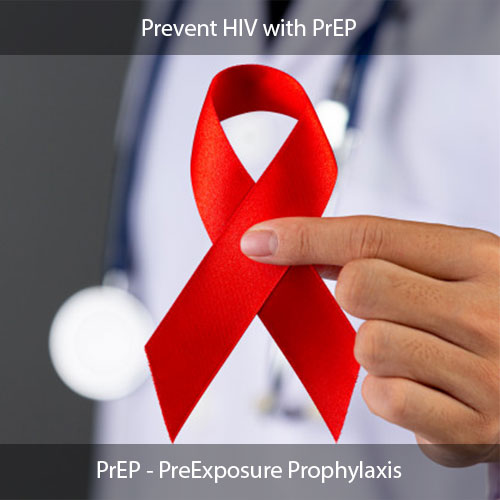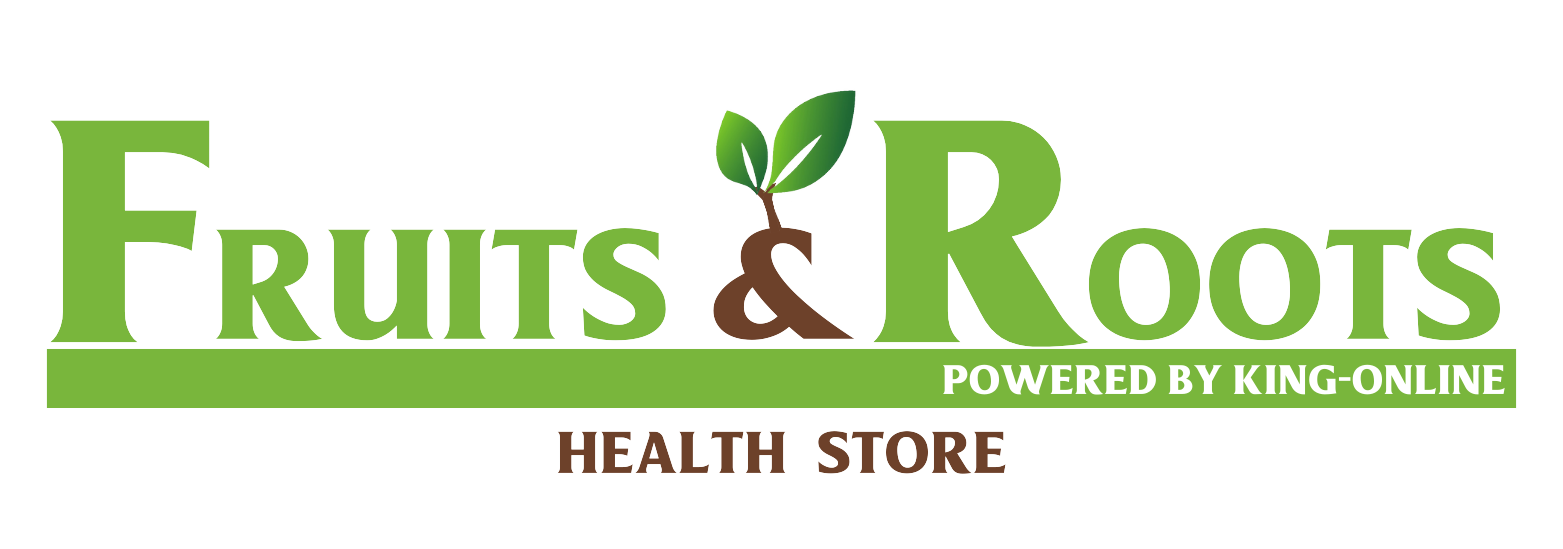
Since the beginning of the HIV/AIDS epidemic, more than 80 million people worldwide have been infected with HIV (human immunodeficiency virus), and around half of them have died of HIV. No cure exists, but an HIV diagnosis is no longer a death sentence. There is even a pill called PrEP that can prevent HIV infections. However, due to a lack of awareness, the HIV epidemic is far from over. Here are ten interesting facts about HIV and PrEP that you probably didn’t know.
HIV Came From Chimpanzees in Central Africa
The earliest known case of HIV is from a blood sample collected in 1959 from a man in Central Africa. Scientists studied the sampling and concluded that the virus passed to humans from chimpanzees. They believe the transmission occurred after people ate chimps carrying the simian immunodeficiency virus (SIV), the chimpanzee version of HIV. Over time, HIV gradually spread throughout Africa and the rest of the world.
SIV attacks chimpanzees’ immune systems in the same way that HIV attacks the immune systems of humans. It’s not hard to believe, considering that we share 98.8% of our DNA with our primate cousins. “Because of the similarity between chimpanzees and humans, any virus that successfully adapts to spreading among chimps would be a candidate for a further jump to humans,” explained Paul Sharp of the Institute of Genetics at the University of Nottingham in England.
You Can Get HIV Without Having Sex
The most common way HIV spreads is during unprotected sex with an HIV-positive partner. The risk of transmitting HIV is much higher through anal sex than vaginal sex, as rectal tissues are more fragile and porous. For this reason, the virus disproportionately affects men who have sex with other men. However, vaginal and anal penetrations are not the only ways to transmit HIV.
In rare cases, transmission can occur through oral sex if an HIV-positive person ejaculates in the mouth of someone who has oral ulcers or bleeding gums. You can also get HIV without having sex if the blood of an HIV-positive person enters your bloodstream. Around 10% of all HIV transmissions are due to injecting drug use. Sharing needles, syringes, and other drug injection paraphernalia with an HIV-positive person is up to three times more likely to transmit HIV than sexual intercourse.
South Africa Has the Most HIV Cases
In 2020, the World Health Organization (WHO) estimated that 37.7 million people worldwide were living with HIV. Shockingly, the country with the most HIV cases was South Africa, with a total of 7.8 million HIV-positive people (roughly 19.1% of our total population). In July 2022, statistician-general Risenga Maluleke released Statistics SA’s mid-year report, which indicated that the number of HIV cases in South Africa had risen by around 650,000 since 2020.
The number of HIV cases in South Africa has more than doubled over the last two decades. In 2002, an estimated 3.68 million South Africans lived with the virus. Today, there are at least 8.45 million HIV-positive South Africans. HIV-related deaths were also higher in 2022 than in 2020. The COVID-19 pandemic significantly impacted the quality and accessibility of South Africa’s HIV prevention and treatment services, as hospitals prioritized healthcare resources for COVID-19.
Young Women Are at a Higher Risk of HIV
Many people believe that HIV is a “gay disease” and that straight men and women are less at risk of getting the virus. However, this is a myth. In South Africa and many other African countries, the most high-risk group for acquiring HIV is girls and young women aged 15 to 24. Women account for more than half of all new HIV infections in South Africa.
Nearly one-quarter of South African women between the ages of 15 and 49 are HIV positive. Women are at a higher risk of HIV due to several factors, including gender inequality, sugar daddy culture, and gender-based violence. Many cultures still don’t allow women to refuse sex or demand that their partner wears a condom. Women who rely on their partners financially may also experience difficulties taking control of their health.
HIV Medication Can Prevent Transmissions Through Sex
More than 40 million people worldwide have died of HIV. People can still die from HIV-related causes, but the life expectancy of HIV-positive people continues to increase. In 2004, the South African government made antiretroviral therapy (ART) free at public healthcare facilities for anyone who tests positive. In 2020, president Cyril Ramaphosa announced that the treatment program has helped reduce the number of HIV-related deaths by 60%.
Although HIV medicine doesn’t cure HIV, it reduces the level of HIV in a person’s blood (also known as the viral load.) Many HIV-positive people, who follow the HIV treatment without default, test negative for HIV. They still have HIV, but the viral load is too low for a test to detect. People with HIV and an undetectable viral load can live a regular life and, remarkably, cannot transmit HIV through sex.
PrEP Reduces the Risk of HIV Transmission by 99%
HIV victors who maintain an undetectable viral load may still have a compromised immune system. Early detection and treatment are crucial, as antiretroviral therapy cannot fully reverse the damage HIV does to your immunity. Although you can have a good quality of life with HIV, prevention is always your best bet. In 2015, the South African National Department of Health approved an HIV prevention drug called pre-exposure prophylaxis (AKA PrEP or Truvada®).
PrEP prevents HIV from replicating in the body or attacking your immune system. As a result, if you contract HIV while taking PrEP, the medication will destroy the virus with an efficacy of 99%. The drug is only effective if you take it daily, like with an oral contraceptive. PrEP won’t protect you from other STIs, so experts recommend that you don’t stop using male or female condoms.
People From All Walks of Life Can Benefit From PrEP
PrEP is not only for gay men or people with multiple partners. There are many valid reasons why people take PrEP, and it may even be right for you. HIV-negative individuals with HIV-positive partners not yet virally suppressed would benefit from PrEP. As would people who use injected drugs. Generally, healthcare providers only recommend PrEP to people from key populations disproportionately affected by HIV.
Adolescent girls and young women in Southern Africa are also considered high-risk key populations because of the increase in gender-based violence. However, many South Africans are at high risk for HIV infection, even if they’re not sexually active. Anyone who is HIV-negative and wants to reduce their risk of acquiring HIV should consider getting PrEP, except if they suspect they may have contracted HIV in the last 72 hours.
PrEP Is FDA-Approved
Many people avoid PrEP because they’re worried about the potential side effects. While there is a risk of mild side effects like nausea and headaches, 90% of people taking PrEP do not experience any. And if you’re part of the unlucky 10%, the symptoms will likely stop within a week. PrEP may also exacerbate pre-existing kidney problems, but this is rare. Most medications have potential side effects.
For example, ibuprofen may raise your blood pressure and cause kidney problems. However, the chances of experiencing side effects are so low that we don’t need to be concerned. PrEP is FDA-approved and safe enough for pregnant and breastfeeding women. As an added precaution, PrEP patients must visit their healthcare provider every three months for a prescription refill, an HIV test, and a kidney function test. Their clinician will also ensure that their body is tolerating PrEP well.
PrEP Is Affordable for South Africans
In some parts of the world, PrEP is expensive. In the United States, a month’s supply of Truvada® can cost as much as $2,000 (R34,300). It’s easy to lose interest in PrEP based on the assumption that it would be too costly. However, our government has made every effort to ensure that anyone who needs the pill can afford it.
When PrEP became available in 2016, sex workers in certain areas could access it for free. Since 2017, the health department has also prioritised other high-risk populations, including young women and men who have sex with men. However, even if you can’t get Truvada® for free, it is available in the private health sector for an affordable monthly cost of around R250.
PrEP Is Easy to Get Even Though It’s Prescription-Only
You can’t get PrEP if you don’t have a prescription, but that doesn’t mean it’s not accessible. The once-a-day pill is available in more than 2,000 sites in South Africa, including hospitals, clinics, and retail pharmacies. South Africa’s Medicines Control Council has approved the drug, so your GP can prescribe it. The additional requirement is not a money-making scheme or a tactic to make you lose interest in PrEP.
Instead, it’s a safety precaution. Before qualifying for PrEP, you must do a few basic screening tests. These include an HIV test to ensure you’re not already HIV-positive and a kidney function test to determine whether PrEP is safe for you. You can also visit king-online.co.za to sign up for PrEP. They will set up a virtual consultation for you with a certified nurse. If you are approved, King Online will even deliver your box of Truvada® to your door. You may have to wait several weeks, but the process is 100% free.
For more information on PrEP, call the national AIDS helpline free of charge at 0800 012 322.

There are no comments for this article